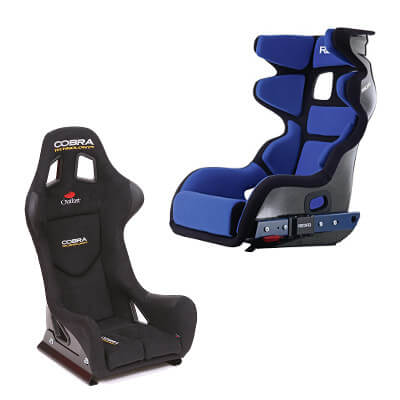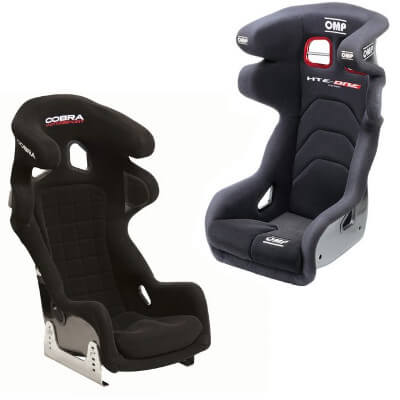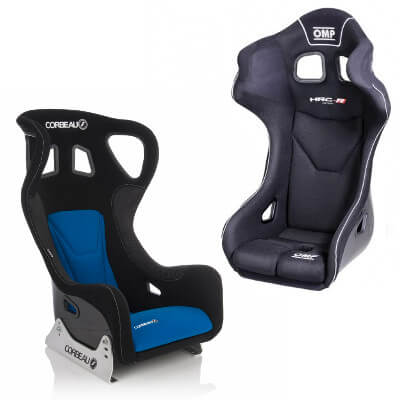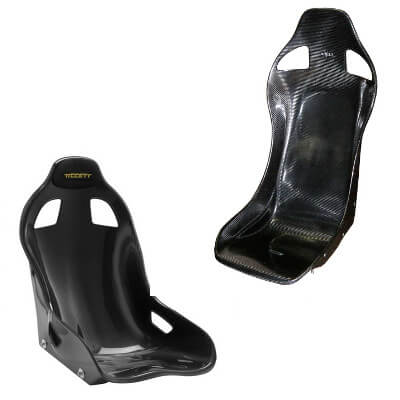Hill Climb Racing Seat Regulations: What You Need to Know
Recently, a customer walked into GSM Performance with an important query: “Which of the seats you sell are suitable for hill climb events?” With hill climbing being a thrilling motorsport requiring utmost safety, it’s crucial to understand the regulations for racing seats. Here’s a detailed guide to help competitors select the right seats for their hill climb adventures.

What Are Hill Climb Motorsport Events?
Hill climb motorsport events are unique and exhilarating races where drivers compete to ascend a steep and winding road course in the shortest time possible. Unlike traditional circuit racing, hill climb events take place on closed public roads or private tracks, featuring a variety of terrains and elevations. Drivers must navigate sharp turns, steep inclines, and often unpredictable conditions, testing both their driving skills and the performance of their vehicles.
The essence of hill climbing lies in the challenge of mastering a course that typically varies in length from one to several kilometers. Each driver races against the clock, and the one with the fastest time in their respective class wins. The sport is popular in the UK and has a rich history, with events held at famous venues such as Shelsley Walsh, Prescott, and Loton Park.
Understanding Hill Climb Seat Regulations
Hill climb events, governed by Motorsport UK, have specific regulations to ensure driver safety. Here’s a breakdown of what you need to know:
FIA-Approved Seats: Hill climb cars generally require FIA-approved seats. These seats meet stringent safety standards for strength and durability, ensuring they can withstand the rigors of competitive racing. Standard car seats, unless FIA homologated, do not typically meet these safety requirements.
Mounting Requirements: The seats must be securely mounted to the vehicle. While adjustable seats with sliding mechanisms are allowed, they must be robust and maintain the seat’s secure attachment. However, fixed mounts are often preferred in competitive categories to maximize safety.
Regulatory Compliance: The seats must adhere to the specifications outlined in the Motorsport UK Yearbook, commonly known as the “Blue Book.” Sections S and K of the Yearbook detail the requirements for safety equipment, including seats. Ensuring your seat is FIA-approved helps maintain compliance with these regulations.
Choosing the Right Seat
At GSM Performance, we offer a range of FIA-approved racing seats that meet the rigorous demands of hill climb racing. Whether you’re a seasoned competitor or new to the sport, our selection includes seats designed for both comfort and safety, allowing you to focus on performance.
Final Thoughts
Selecting the right racing seat is crucial for safety and performance in hill climb events. At GSM Performance, we are committed to providing top-quality, FIA-approved racing seats to meet the needs of every driver. We encourage all competitors to visit our showroom, where you can test out our seats and consult with our experts to find the perfect fit for your hill climb car. Your safety and satisfaction are our top priorities.
Come and experience the difference with GSM Performance. Let’s get you race-ready!
For more detailed information on hill climb seat regulations, visit the Motorsport UK website and refer to the latest edition of the Motorsport UK Yearbook.








